Can you drink water from a stream? Finding safe water sources in the wild
Can you drink water from a stream? We examine some common dangers of drinking from natural water sources like streams and explain how to find safe water in the wild

Can you drink water from a stream when you're out on a hike? It’s a reasonable question from anyone who spends time outdoors. After all, you can only carry so much water with you in a hydration bladder or a water bottle and most great trails take you along or near crystal clear streams, waterfalls and lakes that hold great appeal to the parched hiker. And if bottled water ads have taught us anything, it’s that water collected from the source is the best kind of water. But is all that water in the wild really safe to drink?
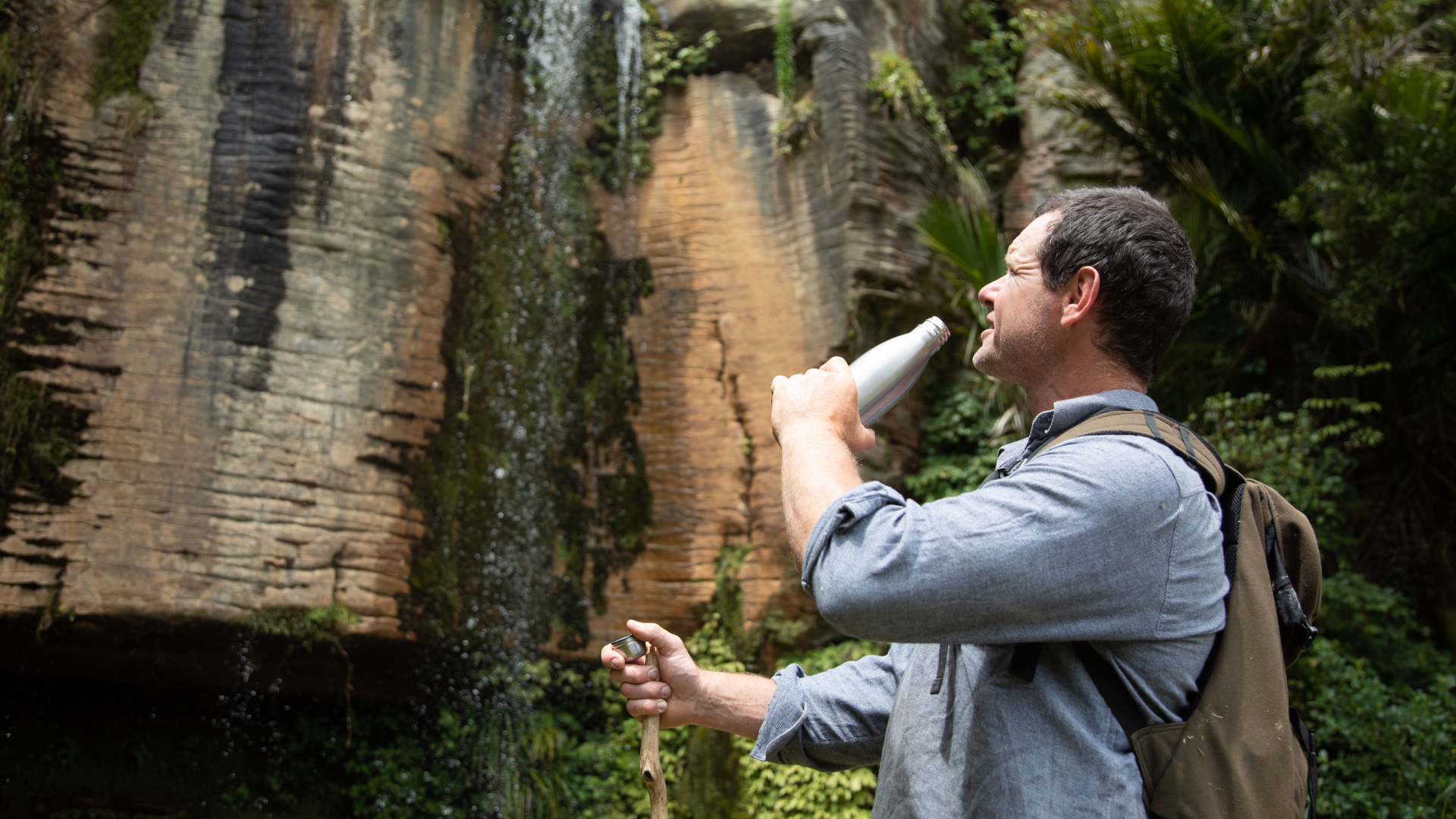
It turns out that natural water can be full of bacteria, viruses and other contaminants that can be harmful to human health, but there are things you can do to keep yourself safe if you find yourself thirsty in the wild. In this article, we take a look at some common dangers of drinking from natural water sources like streams and explain how to find safe water sources in the wild.
Can you drink water from a stream or lake?
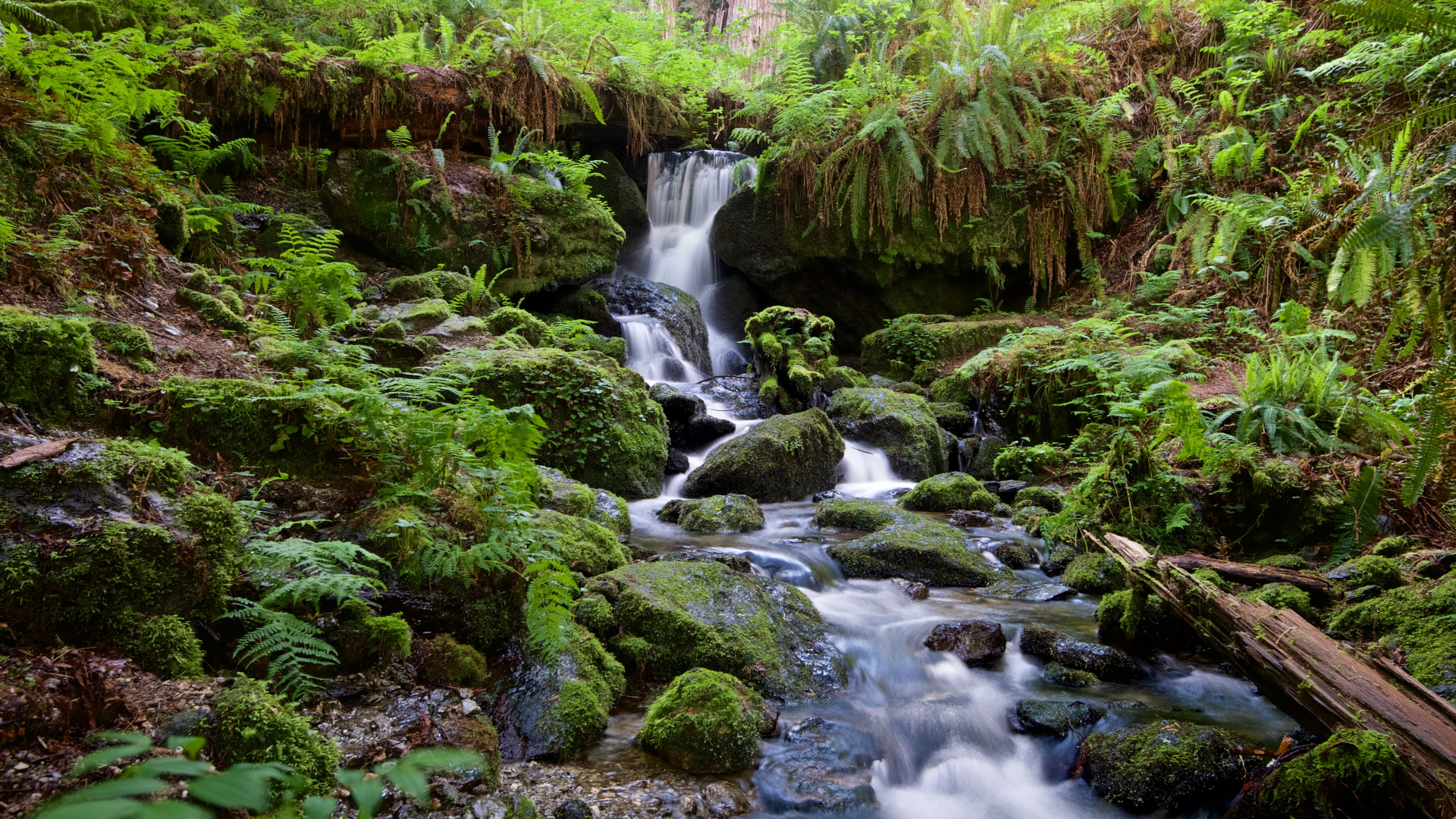
If you misjudge things in the backcountry, and get lost or run out of water early, you might find yourself dehydrated and tempted to chug some of that cold, clear looking mountain water. While it’s true that dehydration is dangerous, unless you find yourself in a life-or-death situation, you should really avoid drinking water directly from a stream, river or lake in most scenarios.
Water in the wild may look clear and clean, but it can still be filled with invisible microorganisms, parasites and chemicals that are harmful to human health. According to the World Health Organization, contaminated drinking water is estimated to cause 485,000 diarrhoeal deaths each year.
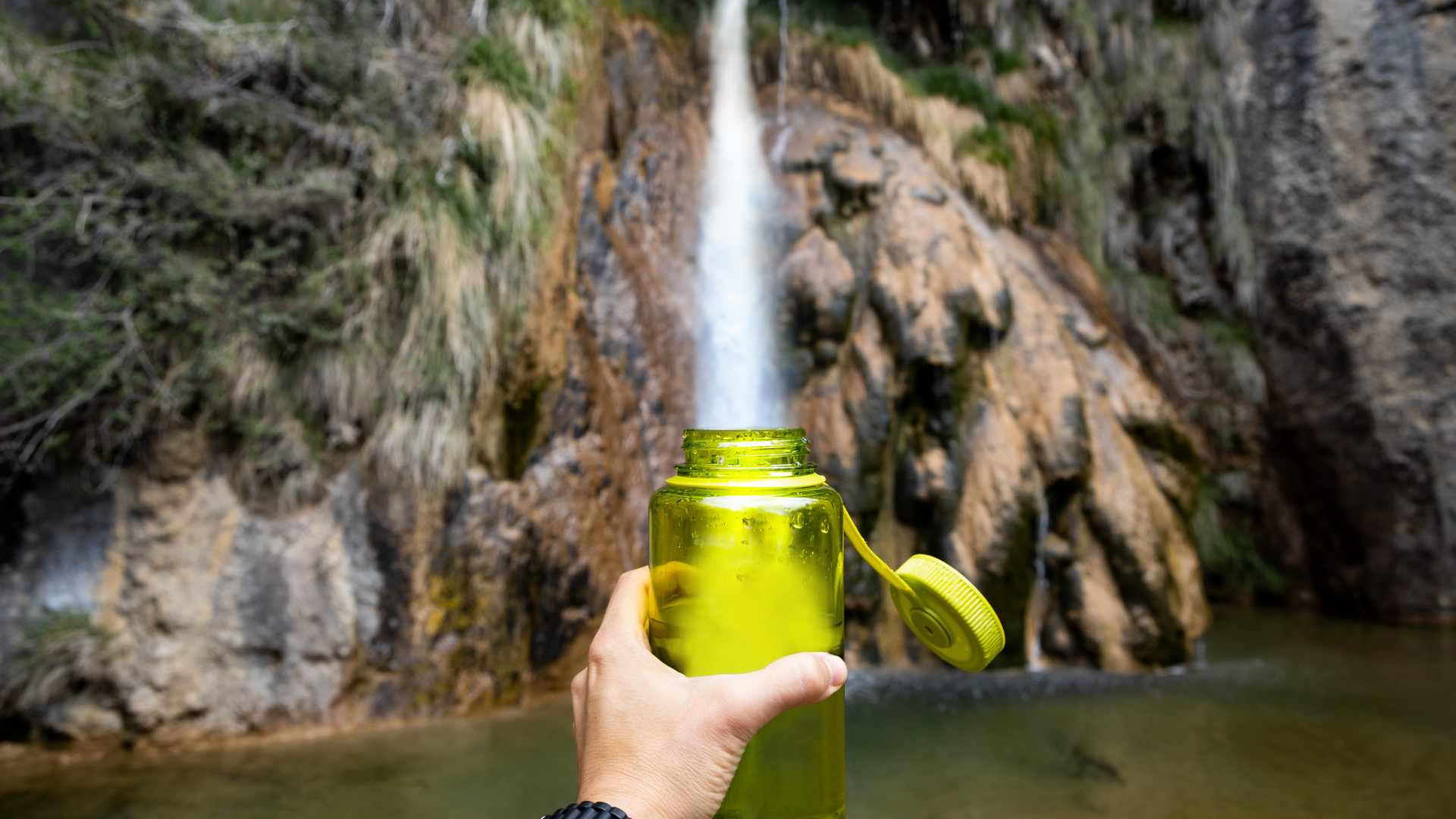
Bacteria and viruses can be transmitted by animals which use the same water source you’re considering drinking from. Then there’s the nauseating possibility of dead animal carcasses in the water upstream or other campers who don’t know how to poop in the wild. These factors can result in waterborne diseases such as E Coli, salmonella, giardia or amoebic dysentery, some of which can cause fairly instantaneous diarrhea while others can lead to life-threatening illness over time.
Meanwhile, chemicals can also seep into the water through the ground after heavy rainfall, so you want to be especially careful if you're near industrial operations. That said, these types of contaminants would usually need to build up in your system over a long period of time to be especially harmful, so if it’s a one-off emergency situation, these would be less of a concern than a bacteria which can have some pretty nasty immediate effects.
When should you drink natural water?

Given the aforementioned risks, you should only drink natural water when absolutely necessary. If you are lost in the wild and faced with the choice of keeping yourself alive until help comes your way, or risking a waterborne illness, you should definitely keep yourself hydrated in the short term.
All the latest inspiration, tips and guides to help you plan your next Advnture!
If you find yourself in this unfortunate situation, you don’t necessarily have to drink liters and liters of water. Instead, you’ll want to assess the situation you’re in. If you’re desert hiking, it’s going to be more important for you to stay hydrated and drink a lot, but if you’re in a cool, moist environment, you might be able to get away with drinking less and just sipping small amounts of water to lower your risk of contracting a disease.
Likewise, it’s helpful to consider how much you’ve been exerting yourself. If you’ve been on a long, vigorous climb and lost a lot of water through breathing and sweating hard, it’s more important for you to refill quickly than if you have been on a moderate walk and only recently ran out of drinking water. You may be able to hold off for a little while in this scenario and ideally will find help before you have to drink from a stream.
What natural water is safe to drink?
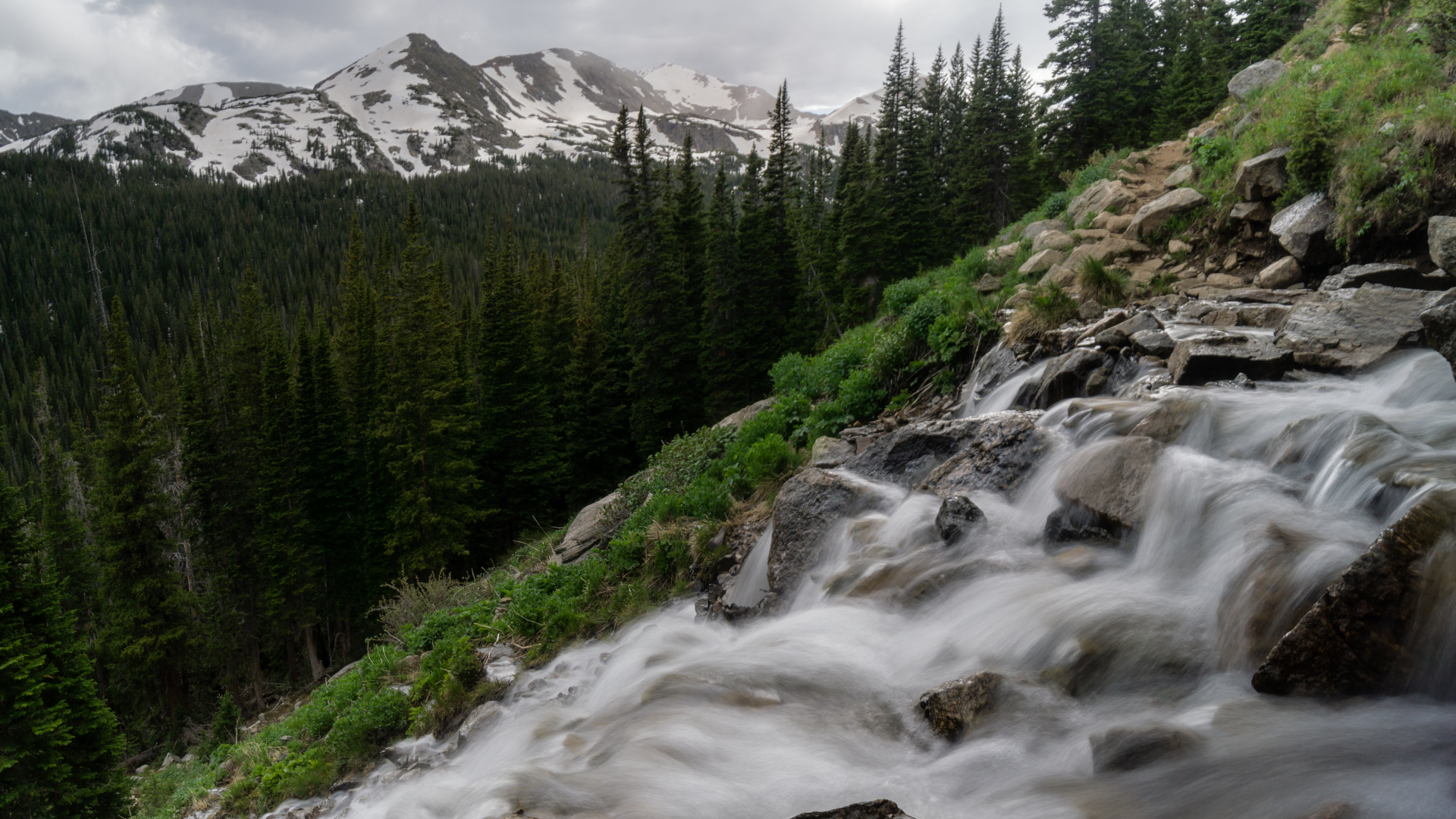
The answer to this question depends a little on where you are for starters. If you’re hiking in the remote highlands of Scotland, far from human intervention and find a natural spring, it could be quite safe, but even if you’re in the high country of the Colorado Rockies, there is lots of wildlife like elk and marmots that live at high elevations and use the streams and contaminate them for humans.
However, if you find yourself in a life-threatening situation in the backcountry and need to drink natural water, it’s helpful to know that some sources make better choices than others.
Standing water sources
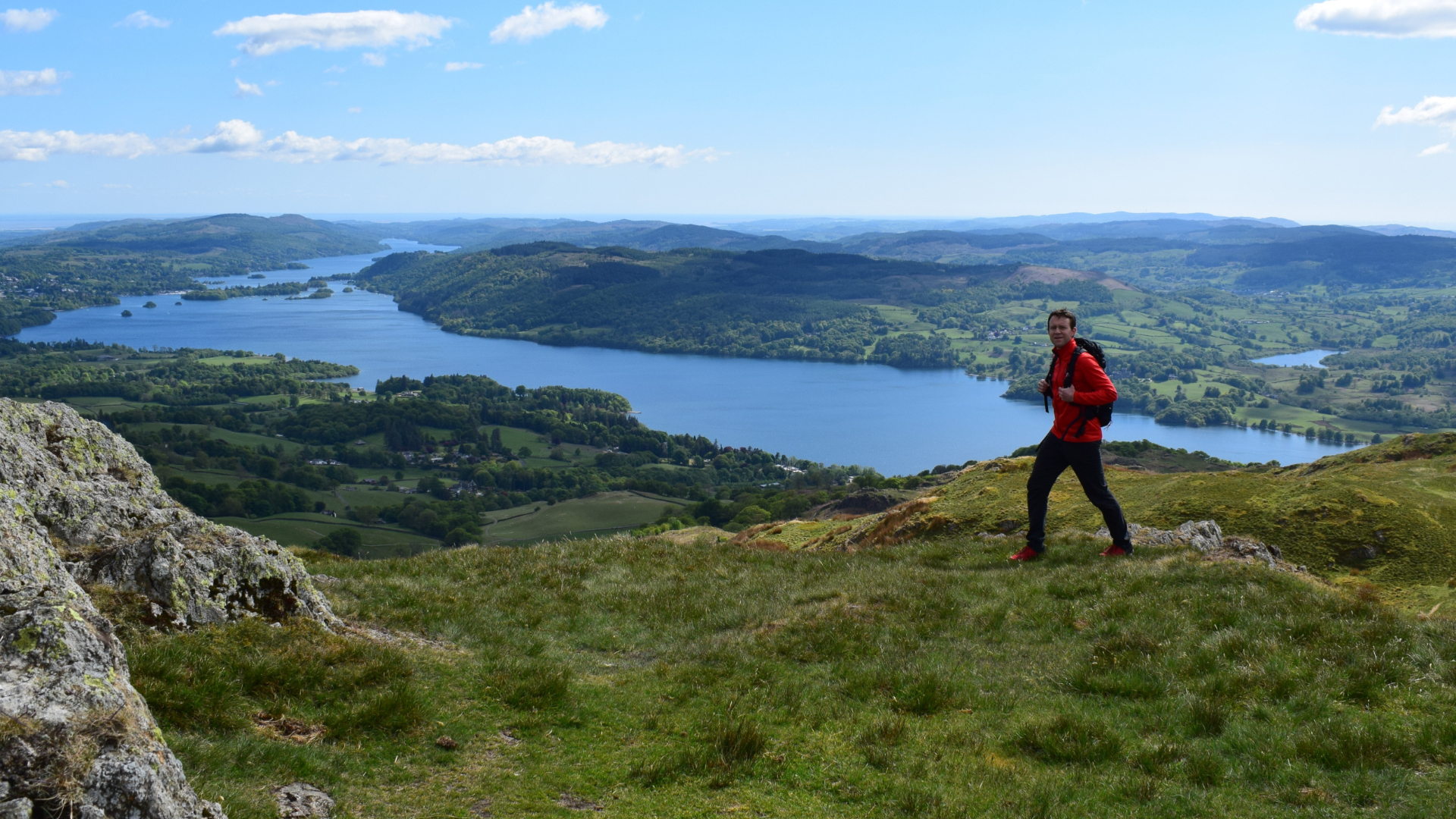
First, there’s the question of running water versus standing water. If you have to drink standing water, contrary to what you might think, a pool of very clear, untouched-looking water may not be the safest option. In fact, if there’s nothing living in it and other animals don’t appear to be drinking from it, there’s probably a good reason why.
In an emergency situation, a lake where other creatures appear to be living makes a better option than a crystal clear rock pool, but if you can find a stream or river flowing into the lake, that’s even better.
Running water and groundwater sources
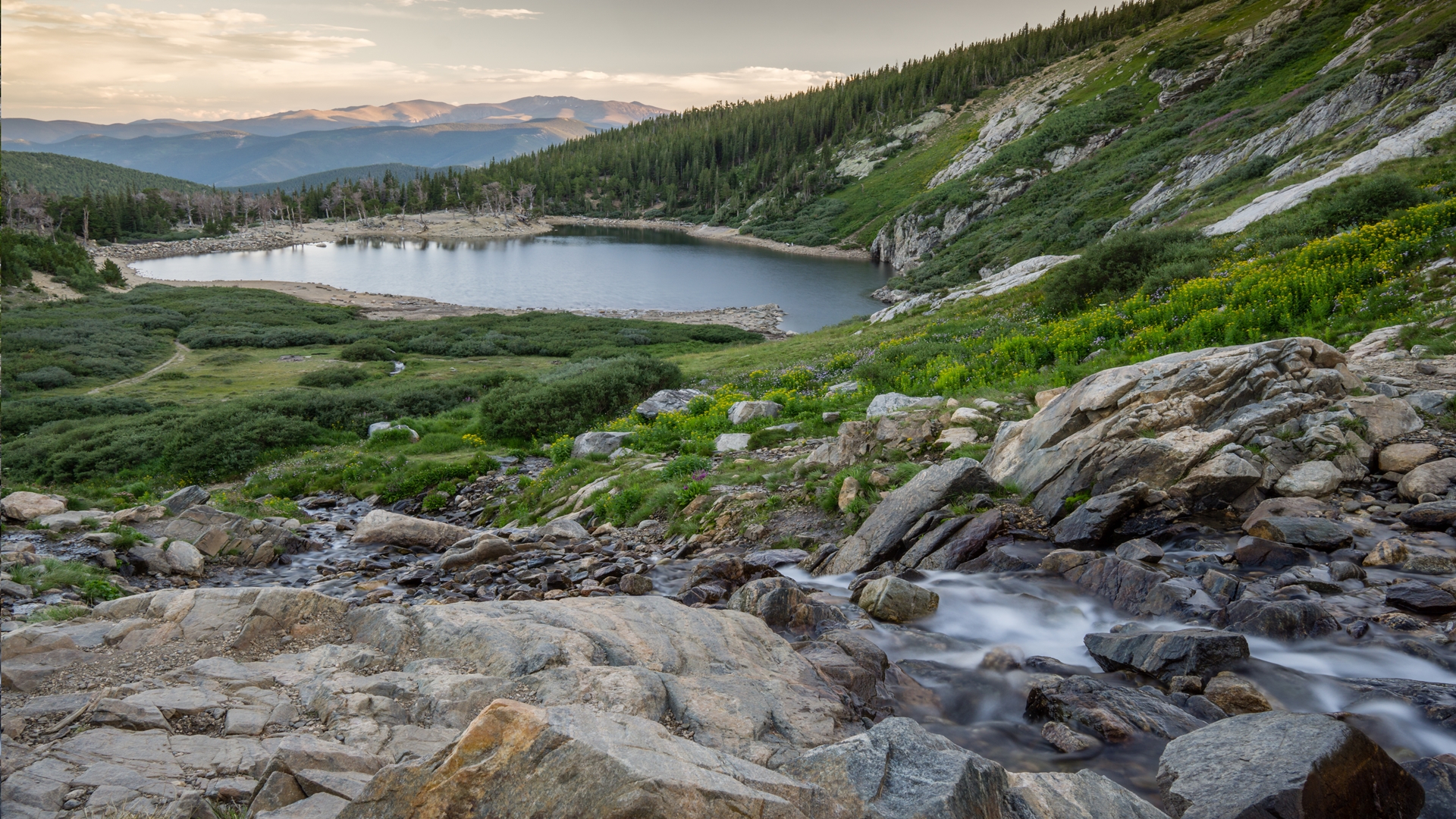
If possible, seek out running water like a stream, river or groundwater. Though this isn’t always guaranteed to be safe – you don’t know what might be decomposing further upstream – if you can find fast-running water, start there and travel as far upstream as you can. The closer to the source you can get, the less opportunity for the currents to pick up anything unwanted.
Another source that can be safer still is groundwater, which flows beneath the earth. Though it may be a higher risk for chemical pollutants, larger organisms get filtered out as it flows through the earth. If you can hear water gurgling beneath your hiking boots, find a muddy spot which indicates that it’s close to the surface, and get digging. This water naturally might be a bit cloudy, so fill your bottle then let it sit for a while until any sediment has settled at the bottom and only drink the top, clear portion.
Is melted snow safe to drink?

One more possibility, in high alpine regions, is melting snow. Snow is generally considered one of the safer options because bacteria and viruses don’t usually survive the freezing process, however you’ll need to look for clean snow and melt it first which you can do with a stove, or in a water bottle held against your body for heat.
If you do drink water from natural sources, you should consult your doctor as soon as possible as many bacteria can be taken care of with a simple course of antibiotics.
How do you make stream water drinkable?

Ultimately, the absolute best thing you can do is to plan ahead for hiking and camping in the wild and make your own safe drinking water. The way to do this is to filter or purify natural water before drinking it. You should carry a water purifier for long backpacking trips and emergency situations. These can come in the form of pumps, filtration straws or even chemical tablets that you dissolve into the water you collect. Read more in our article on how to purify water in the wild.
If you venture out without a purification system, another possibility is to boil your water. If you’re carrying a camping stove or can build a fire, you’ll need a pot that can withstand heat of course, but you can boil water for ten minutes to make it safe to drink.
Julia Clarke is a staff writer for Advnture.com and the author of the book Restorative Yoga for Beginners. She loves to explore mountains on foot, bike, skis and belay and then recover on the the yoga mat. Julia graduated with a degree in journalism in 2004 and spent eight years working as a radio presenter in Kansas City, Vermont, Boston and New York City before discovering the joys of the Rocky Mountains. She then detoured west to Colorado and enjoyed 11 years teaching yoga in Vail before returning to her hometown of Glasgow, Scotland in 2020 to focus on family and writing.

